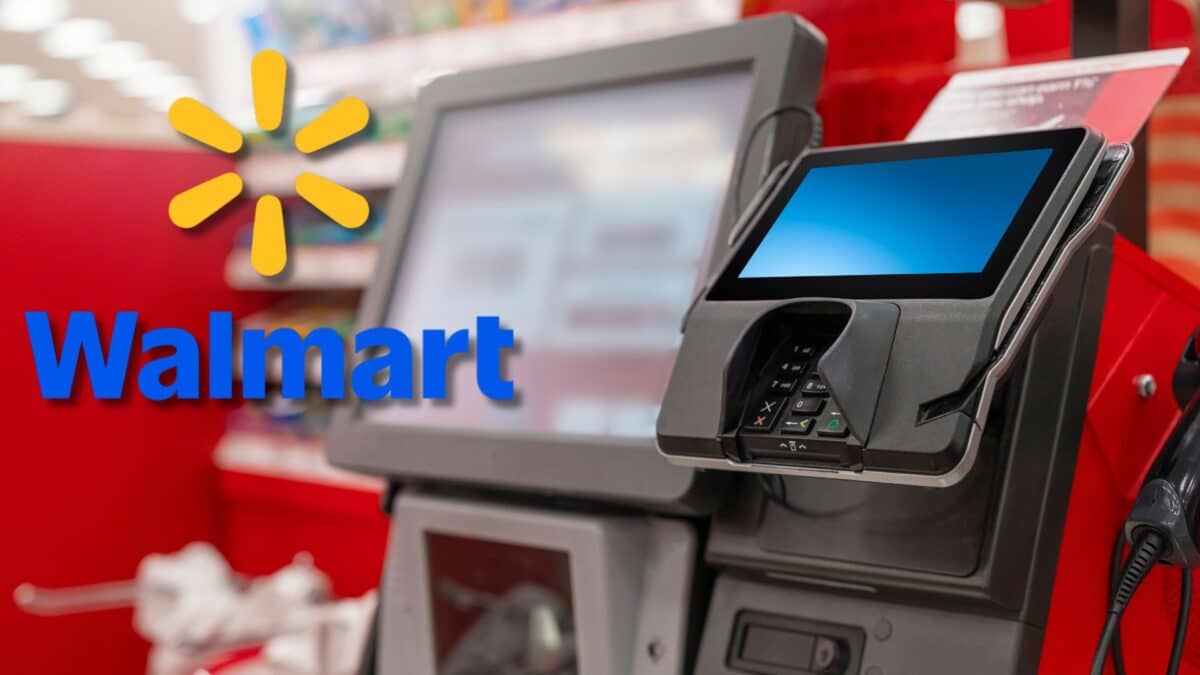Walmart has announced its decision to significantly reduce the number of self-checkout stations across its U.S. locations. This move reflects the company’s response to growing concerns about security breaches and customer dissatisfaction. Self-checkout systems, initially seen as a way to streamline the shopping process, have faced challenges that now seem too significant for the company to overlook.
The decision to scale back comes after months of feedback from both store employees and customers, alongside a noticeable rise in thefts at these stations. Although designed to improve convenience, the self-checkout stations have, in some cases, done more harm than good, pushing Walmart to rethink its approach to checkout technology.
Growing security concerns
A primary driver behind Walmart’s reduction in self-checkout stations is the increasing problem of theft. Many stores have seen a notable rise in incidents of customers bypassing the scanning process, taking advantage of the lack of direct supervision. With self-checkout stations being harder to monitor, the company has found it difficult to prevent fraudulent activities, which has had a direct impact on profitability.
Walmart has been forced to respond to these security challenges by scaling back the use of self-checkouts. The company’s leadership has acknowledged that the losses associated with theft at these stations are simply too high to ignore. This pivot reflects Walmart’s commitment to maintaining a secure shopping environment and minimizing theft at its locations.
Customer feedback fuels the change
Customer satisfaction has been another crucial factor influencing Walmart’s decision to scale back on self-checkout stations. Many shoppers have voiced frustrations with the technology, citing issues such as system malfunctions, long wait times, and the occasional difficulty in scanning certain products. Customers have expressed a desire for a more reliable and efficient checkout process, which they feel has not always been provided by the self-checkout lanes.
Walmart has carefully considered this feedback as part of its decision-making process. By responding to the concerns voiced by customers, the company hopes to improve the overall shopping experience, ensuring that customers feel valued and heard. The company’s commitment to addressing customer dissatisfaction is evident in its decision to prioritize more traditional checkout methods that some customers may find more reliable.
The backlash against forced self-checkout….
— Greg Joens (@SketchFanArt) June 23, 2025
reflects a combination of poor user experience, increased theft, loss of human interaction, and operational inefficiencies. Customers feel burdened by unpaid labor, frustrated by technical issues, and alienated by reduced service,… pic.twitter.com/9k2gyeG1HS
A shift towards traditional cashier stations
In response to the challenges associated with self-checkouts, Walmart has decided to shift its focus back to traditional cashier-operated stations. The company plans to invest more in training and staffing human cashiers, ensuring that customers receive efficient service from trained professionals. This move is intended to bridge the gap between customer preferences for personalized service and the operational efficiencies that automation offers.
The shift also reflects Walmart’s attempt to balance automation with a more personal touch. While self-checkout systems were initially introduced to reduce labor costs and increase efficiency, the company is now exploring ways to improve the human element in its stores. By doing so, Walmart aims to offer a shopping experience that feels both modern and attentive to the needs of its customers.
The broader implications for Walmart’s store operations
This shift away from self-checkouts will have significant implications for Walmart’s store operations. Self-checkout stations were initially introduced as a way to reduce operational costs and speed up the checkout process, particularly during peak hours. By scaling them back, Walmart will likely incur higher operational costs but will also be able to offer a more consistent and customer-friendly shopping experience.
As part of this transition, Walmart is focusing on ensuring that its human cashiers are well-trained and able to handle customer transactions efficiently. This strategy not only aims to maintain a smoother flow at checkout but also seeks to foster stronger customer loyalty by addressing concerns related to technology-driven frustration.









